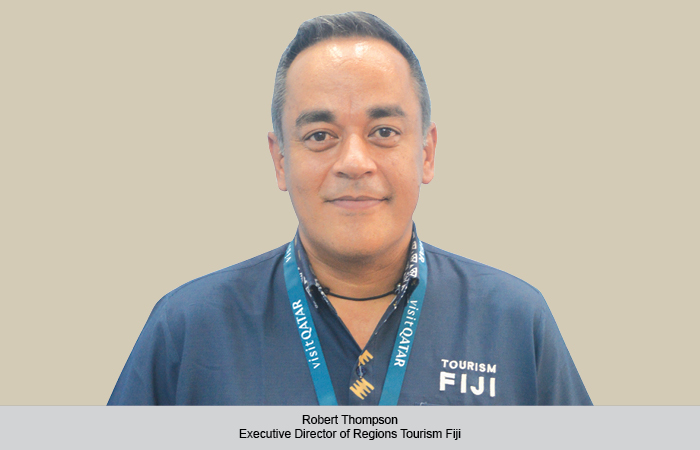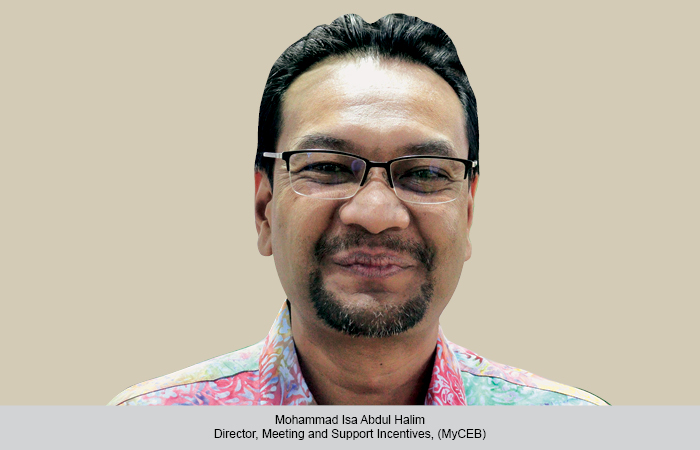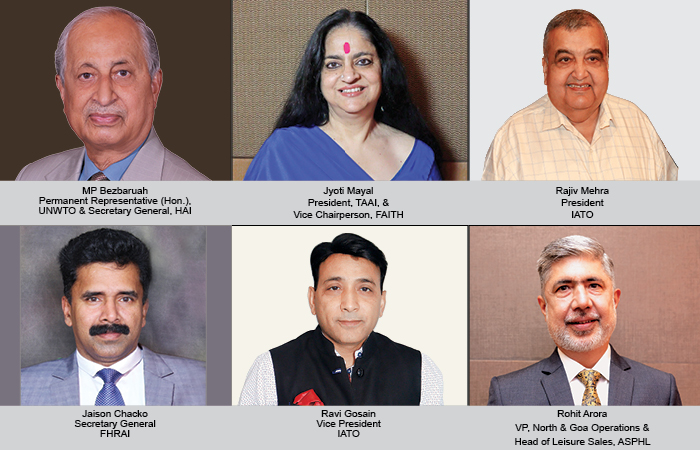New Delhi: The World Heritage sites in the Philippines confirm the abundance of nature in the country and illustrate how Filipino creativity blossomed into a unique national architectural style. While the natural properties record stages in the evolution of the world, the cultural heritage records progression of man’s ideas in terms of the built environment. So, head to the Philippines for a perfect mix of leisure and heritage travel.
Historic City of Vigan Vigan, Ilocos Sur
During the height of the Spanish colonial era in the 18th and 19th centuries, Vigan or Ciudad Fernandina de Vigan was the third most important city after Manila and Cebu. It was the centre of Spanish colonial power in northern Luzon. The range of structures along the plazas and streets reveals the story of the town, a living testament to the Spanish colonial era and a place that exerts a strong cultural influence to the modern Philippine nation. Notable Vigan urban spaces and architecture include its town plaza, Plaza Salcedo; Saint Paul’s Cathedral; The Arzopispado; Saint Paul’s College; the Provincial Capitol Building; Simbaan a Bassit (Catholic Cemetery Chapel); Calle Crisologo; Burgos Museum; and the numerous Vigan Houses.
Church of San Agustin Paoay, Ilocos Norte
The San Agustin Church in Paoay began its construction in 1604 and finally completed in 1710. This is one of the most outstanding ‘earthquake baroque’ structures in the Philippines, where the primary concern was to design the church for earthquake protection. The most outstanding feature of the church is the phalanx of buttresses that jut out perpendicularly from the sides to strengthen the walls against earthquake damage. It has the most massive buttressing in any church in the Philippines. The visual impact of the San Agustin church in Paoay is unforgettable!
Nuestra Señora dela Asunción Santa Maria, Ilocos Sur
Not following fully the traditional Spanish urban town plan of situating the church as the focus of the central town plaza, the location of the Nuestra Señora De La Asunción church and convent in Santa Maria, Ilocos Sur, standing alone on the crown of a freestanding hill encircled by a stone retaining wall, gives it a citadel appearance. From any angle, the approach to the Santa Maria ensemble is magnificent. A stairway of 85 stone steps rises from the town to the small courtyard at the top of the citadel. On the opposite side of the courtyard, another equally grand stairway descends to a causeway built up over rice fields leading to a circular cemetery. Built of brick, the church has a monumental façade. The power and simplicity of its geometric forms, and its location, make this an outstanding example of Peripheral Baroque architecture.
Santo Tomàs de Villanueva Church Miagao, Iloilo
Built of local yellow-orange sandstone, the large fortress-church was completed in 1797. The church withstood typhoons and earthquakes, but it burned twice: first was during the revolution against Spain in 1898 and the second was during the Philippine-American War a few years later. The church of Santo Tomàs de Villanueva in Miagao is among the best examples in the Philippines of the ‘fortress baroque’ style, and stands on the highest elevation of the town. It is one of the best examples of the fusion of western Baroque style embellished with Filipino folk motifs.
Puerto Princesa Subterranean River National Park Palawan
Puerto Princesa Subterranean River National Park lies in the Saint Paul mountain range, 81 kilometres from the centre of Puerto Princesa city, but is still within the city boundaries. The Park is a natural wonder. Its geological features are unique and the Subterranean River is said to be among the longest in the world measuring up to 8.2 kilometres. The most impressive are the mountainous limestone plateaus, geologically called karsts, which form the rugged landscape of the Saint Paul mountain range. Cave-inhabiting forms of reptiles, birds, and mammals dominate the animals. All of these are endemic to Palawan and exist nowhere else on earth.
 TravTalk India Online Magazine
TravTalk India Online Magazine





